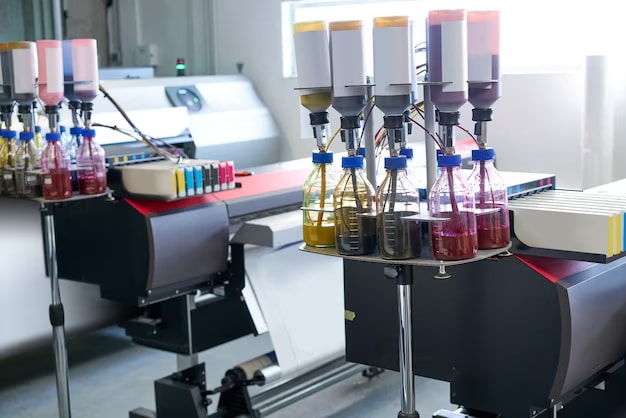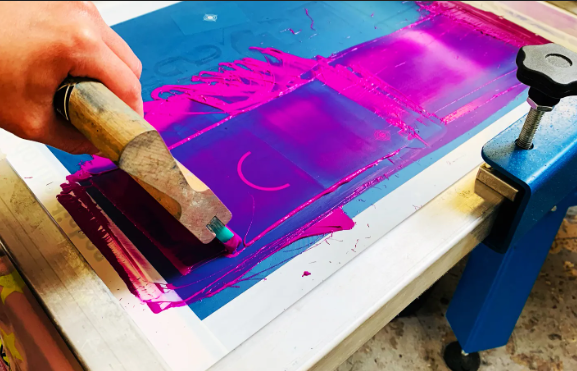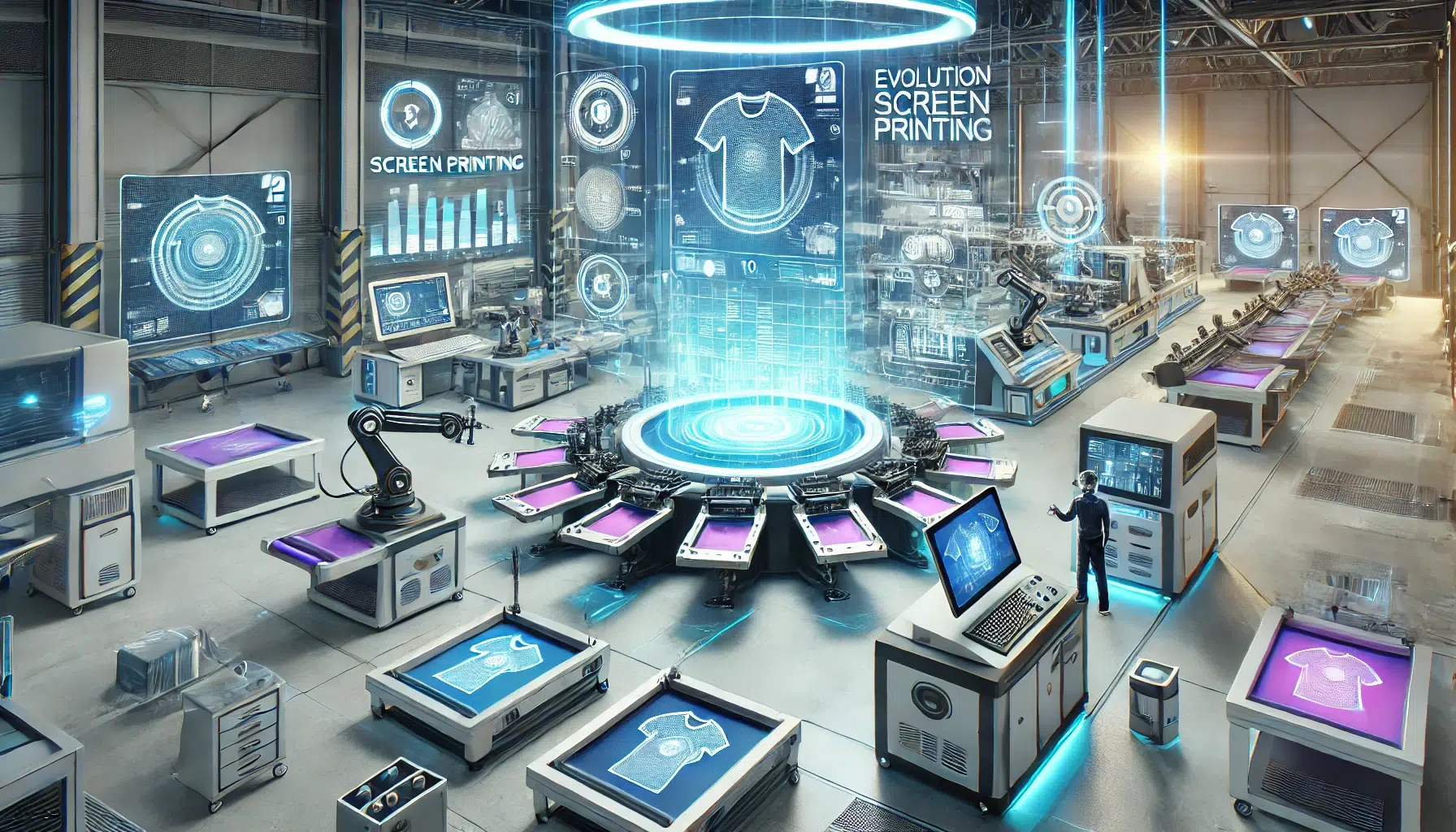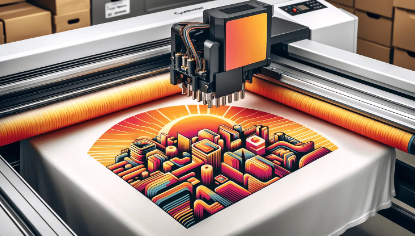
The Evolution of the Screen Print Industry in the 21st Century
Introduction
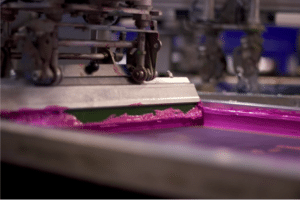
The Evolution of the Screen Print Industry
The Evolution of the Screen Print Industry in the 21st Century
In the 21st century, the screen print industry has witnessed remarkable advancements, transforming itself from a traditional manual process into a dynamic, innovative, and technologically-driven sector. While screen printing techniques have been around for centuries, it is in this new millennium that the industry has seen substantial growth, propelled by advancements in materials, machinery, and digital technologies. This article explores the evolution of the screen print industry in the 21st century and highlights the key developments that have shaped its transformation.
Digital Revolution
One of the most significant catalysts for the evolution of the screen print industry has been the digital revolution. Traditional screen printing involved the laborious process of creating physical screens for each design. However, with the advent of computer-aided design (CAD) software, designers can now create intricate and complex designs more efficiently. These digital files can be directly transferred to computer-controlled machines, eliminating the need for physical screens and reducing setup time.
Moreover, digital printing techniques have opened up new possibilities, allowing screen printers to experiment with variable data printing, where each item can have unique information, such as names or numbers. This has found applications in personalized apparel, promotional products, and other customized items.
Eco-Friendly Practices
The 21st century has also witnessed a growing awareness of environmental issues, prompting the screen print industry to adopt more eco-friendly practices. Traditional screen printing involves the use of solvent-based inks that release harmful volatile organic compounds (VOCs) into the atmosphere. However, modern advancements have led to the development of water-based and eco-solvent inks that significantly reduce environmental impact.
Additionally, innovations in reclaiming and recycling techniques have helped reduce water consumption and waste generation, making the screen print industry more sustainable and responsible.
Automation and Robotics
Automation has played a pivotal role in streamlining screen printing processes, leading to increased efficiency and productivity. Modern screen print shops now employ robotic arms and automated machines to handle various tasks such as loading substrates, applying inks, and curing prints. These advancements have not only reduced labor costs but also improved the consistency and quality of the printed output.
Incorporation of Specialized Inks and Coatings
The 21st century has witnessed an influx of specialized inks and coatings that have expanded the possibilities of screen printing applications. Metallic inks, glow-in-the-dark inks, and heat-sensitive inks are just a few examples of the innovations that have allowed screen printers to create eye-catching and unique designs.
Additionally, advancements in UV-curable inks have enabled faster drying times, making the process more efficient and suitable for printing on a broader range of substrates, including glass, plastic, and metal.
Integration with E-Commerce and On-Demand Printing
With the rise of e-commerce and on-demand printing, the screen print industry has adapted to cater to changing consumer preferences. Screen printing companies now collaborate with online platforms and web-to-print services, allowing customers to upload their designs and place orders seamlessly. This integration has democratized the screen print industry, empowering artists, entrepreneurs, and individuals to create and sell their custom-designed products.
The Evolution of the Screen Print Industry in the 21st Century
Conclusion
The screen print industry’s evolution in the 21st century has been nothing short of transformative. The advent of digital technologies, eco-friendly practices, automation, specialized inks, and e-commerce integration has reshaped the industry and opened up new possibilities for creative expression and entrepreneurship. As we continue to move forward, it is certain that the screen print industry will remain at the forefront of innovation, driven by a commitment to sustainability, efficiency, and meeting the ever-changing demands of consumers.


